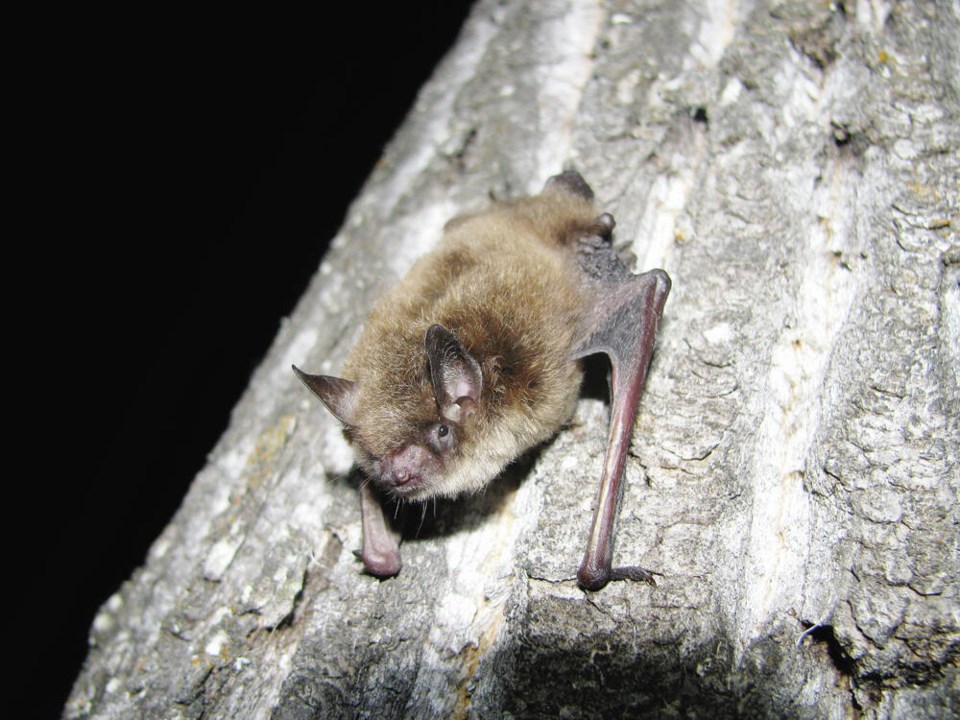A fungus that is causing mass death in bat populations in North America has arrived in sa国际传媒
According to the sa国际传媒 Ministry of Land and Resource Stewardship, the fungus that causes white nose syndrome in bats has been found in bat guano (feces) in the Grand Forks area.
The ministry has been monitoring bat guano for the fungus since 2016, when it was detected on the west coast of the United States.
The fungus originated in New York state and has spread to 38 U.S. states and eight provinces in sa国际传媒 since 2006.
Three Canadian bat species have been listed as “endangered” under the federal Species at Risk Act since the syndrome appeared in sa国际传媒.
Residents are asked to contact the ministry or the sa国际传媒 Community Bat Program if they see a bat displaying unusual behaviour, like flying during the day, or if they find dead bats. Locations of bat roosting sites are also valuable as ministry scientists can test the guano there.
The ministry statement said several agencies are upgrading surveillance for the syndrome.
The fungus is spread from one bat to the next and does not have any health effect on humans. Humans can transfer the fungus, however, through contaminated clothing or if they come into contact with a bat habitat.
Anyone who discovers a sick or dead bat should not pick it up with their bare hands.


